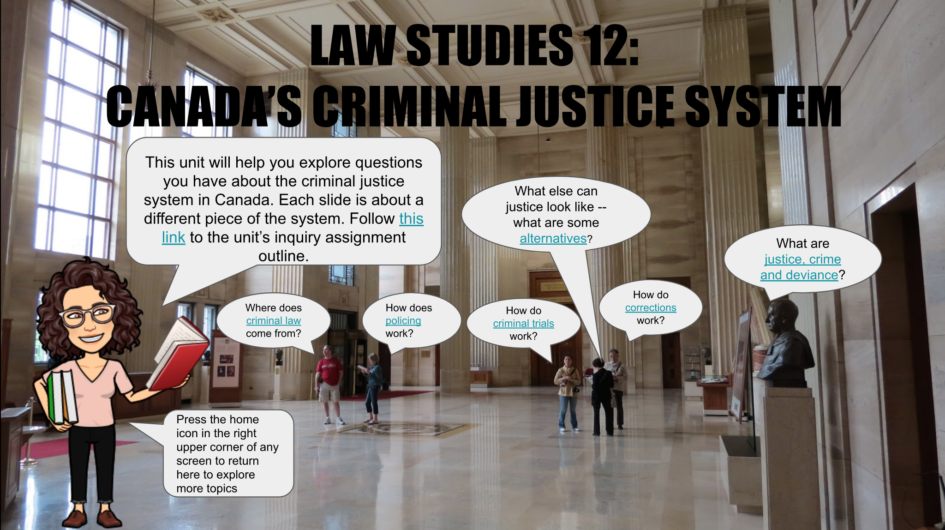Inquiry and online learning have been dominating concepts this semester. The latter is obvious because all of my learning is online — how could it not be the dominating force in my education right now? Inquiry, though, has been present in my online learning, slowly trying to edge out my computer for taking over my life. I’ve had my own inquiry assignments to do and it’s been a topic of discussion and consideration in most of my classes.
Because all my learning is online right now, most of my inquiry-oriented tasks and thoughts have either taken place online or been mediated through the computer. For my social studies curriculum class, though, I had to specifically design a “virtual learning experience” oriented towards facilitating student inquiry. Here’s a little video intro (and link!) to the “experience” I created:
I ended up being really happy with this virtual experience (I also shared it with one of my observation teachers at Belmont Secondary, who asked if he could show it to his Criminology 12 class and potentially use it as a resource!). At first, I was unsure of how I would be able to create something that could really facilitate inquiry-based learning, but I feel like the exploratory process that I had to employ to think through and create it mirrors how useful something like this could be for student inquiry.
Everything has been a little bit more difficult with all classes online, and transferring or applying this new concept I was learning — inquiry-based learning — into the virtual sphere seemed pretty daunting. After creating this, and after having Trevor Mackenzie talk to our class about how inquiry isn’t something you do but rather a way you think or approach learning, I’ve realized that as challenging as inquiry might be online, it doesn’t need to be more challenging than offline AND technology can also offer a huge host of opportunities for inquiry-based learning. This line from an EdTech Team article pretty much sums it up for me: “The most prevalent idea related to Inquiry-Based Learning is that there is no single way to create and implement these student-centered lessons; hence, there are infinite possibilities to infuse technology in them!”
Farwick Owens, Hester, and Teale (2002) echo Trevor’s point that inquiry isn’t something you do but rather a philosophy or a methodology by which you do something. More important for a discussion on inquiry and technology, they point out that students are actively engaged in the construction of knowledge whether mediated by computers or not. When using a computer, the computer (and whatever software, platforms, tools, etc. are being used) is a tool to be used in and facilitate that construction. It is not a mechanical tool, it is a cognitive tool like any other. “The technology is not the focus of the learning, but it provides an essential vehicle for arriving at the destination” (pp. 620).
For me, this echoed Trevor’s sentiments that, because inquiry is a philosophy and not an action, it is capable of being compatible with any cognitive tool we decide to use, whether that be the way we deliver lessons, how we structure assignments and assessments, or how students ask and explore questions. When I first began to approach my virtual learning experience, I was afraid of how technology might get in the way and, because I don’t have extensive technological skills, might impede my ability to accomplish what I needed or wanted to accomplish.
However, thinking about it from the constructivist point of view, technology became a crucial part of my own inquiry. I was literally constructing virtual spaces, and trying to actually enact what I was wanting to do made me much more aware of the mechanics and ideas behind how I was dually constructing manifestations of my learning and a resource for my future self. Additionally, because I had to think about how students would use this virtual space, I had to be aware of how what I was choosing to link to and how I was constructing the entire experience would facilitate, impede, and/or contribute to my students’ inquiry-based learning.
References
Farwich Owens, R., Hester, J., and Teale, W. (2002). Where do you want to go today?: Inquiry-based learning and technology integration. The Reading Teacher, 55(7), 616-625.

Leave a Reply
You must be logged in to post a comment.